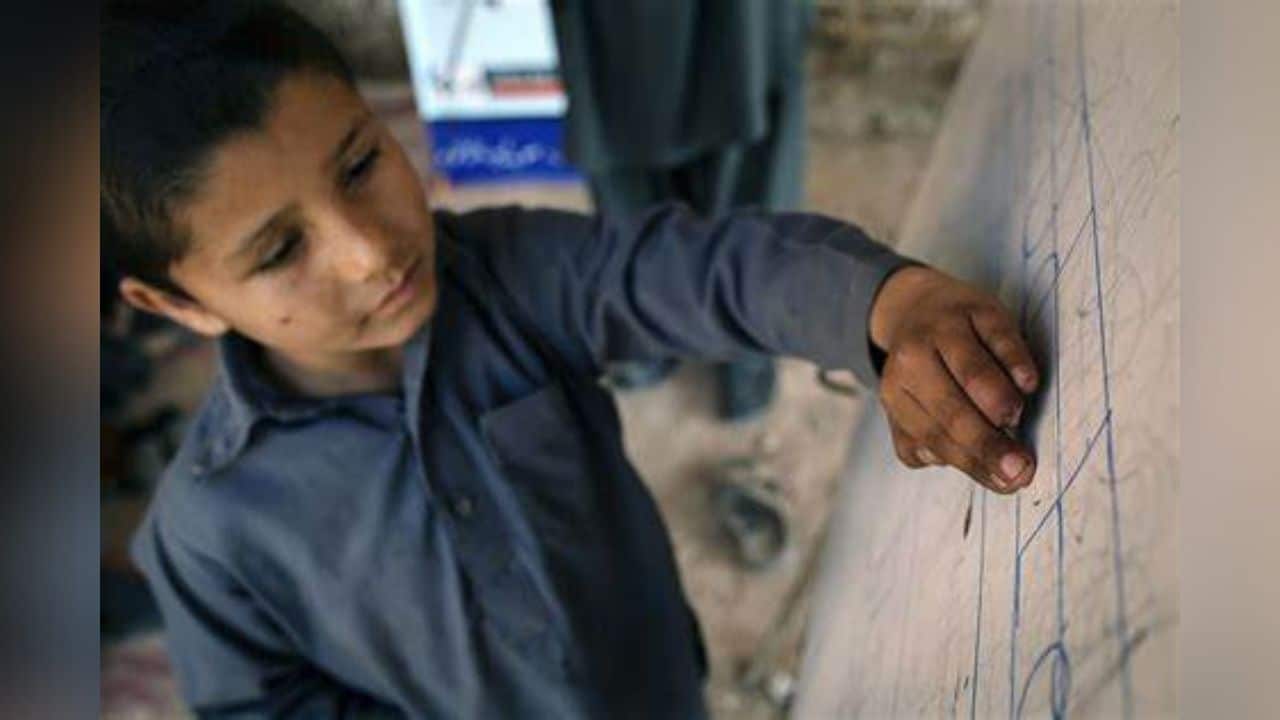Malnutrition continues to be a grave concern in Pakistan, with devastating consequences for the nation’s health and development.
Addressing malnutrition is crucial not only for the individual health of its citizens but also for the overall progress and prosperity of the country.
A health economics study done by Aga Khan University estimates that the loss in income due to micronutrient deficiencies is about US$ 3 Billion annually or 1.33% of GDP. Direct medical costs of micronutrient deficiencies (in 6 – 23-month-old children) are estimated at US$ 19 million.
While these figures show the economic costs of malnutrition in Pakistan, the World Bank estimates that over 40% of children in Pakistan under the age of five suffer from stunting, a condition characterized by impaired growth and development.
Additionally, micronutrient deficiencies, such as iron, iodine, and vitamin A, are widespread.
Iron deficiencies can cause anemia, growth and development issues, cognitive and behavioral problems, weakened immune systems, fatigue, general tiredness, and other effects that hinder children’s ability to lead a healthy and successful life.
While multiple factors contribute to the prevailing malnutrition crisis in Pakistan, some of them can be attributed to poverty, limited access to nutritious food, and inadequate healthcare infrastructure.
At the same time, there is a lack of awareness about proper nutrition and socio-cultural practices like early marriages, gender inequality, and inadequate breastfeeding practices that attribute to malnutrition in Pakistan. Addressing this challenge requires a multi-prong approach.
Strengthening healthcare systems, promoting exclusive breastfeeding, increasing the use of fortified products, ensuring agricultural and food safety, increasing nutrition education, encouraging behavior change, reducing poverty, and enabling public-private partnerships that actively work on all these fronts can reduce malnutrition in the country.
The redressal also needs to be targeted at different age groups, especially among children, and can take the shape of fortified nutrition solutions.
A challenge as colossal as this requires multiple stakeholders that work on health, food, agriculture, education, and social welfare to join hands, come together, and redirect their energies toward reducing malnutrition together.





















